The Best Ideas from COP30, the UN Climate Summit in Brazil – 18 December 2025
The Clean Coalition was a partner organization for this webinar, which took place on 18 December 2025 at 10am.
Read More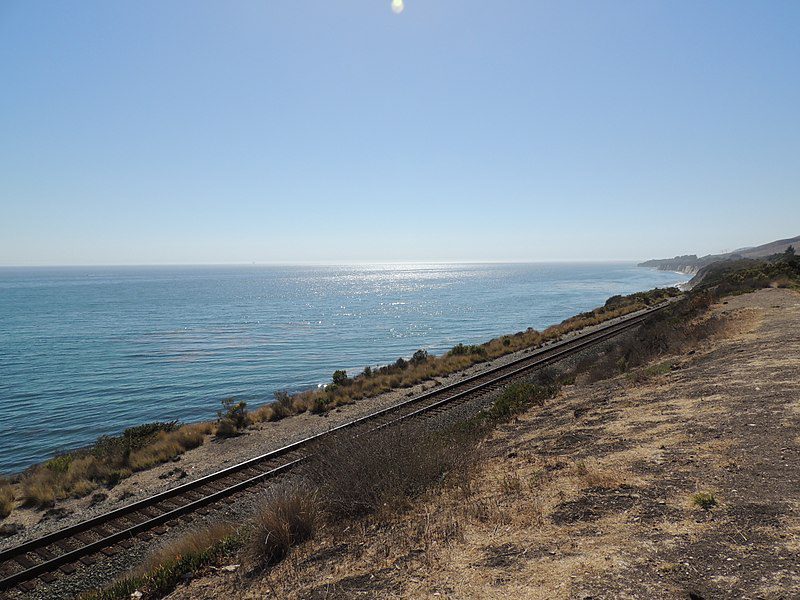
The Goleta Load Pocket Community Microgrid (GLPCM) will showcase the power system of the future. The Goleta Load Pocket, a disaster-prone, transmission-vulnerable 70-mile stretch of Southern California coastline, provides the perfect opportunity for a comprehensive Community Microgrid that will bring the area an unparalleled trifecta of economic, environmental, and resilience benefits. A Community Microgrid can island from the larger grid during a power outage — whether it’s caused by a natural disaster, a PSPS, or any other event — providing indefinite renewables-driven backup power for critical community facilities such as fire stations and emergency shelters. During regular grid operations, the GLPCM will continue providing the benefits of clean local energy to the community.
The Goleta Load Pocket (GLP) spans 70 miles of Southern California coastline, from Point Conception to Lake Casitas, encompassing the cities of Goleta, Santa Barbara (including Montecito), and Carpinteria.

The GLP lies at the end of the grid and is completely grid-dependent, generating very little of its own power. The area gets most of its power from just one set of transmission lines that are hung on the same transmission towers and routed through 40 miles of mountainous terrain — making the GLP highly transmission-vulnerable.

Southern California Edison (SCE) has identified these transmission lines as being at risk for catastrophic failure from fire, earthquake, or heavy rains, which would cause a crippling, extended blackout of weeks or even months.
To achieve indefinite renewables-driven backup power that provides 100% protection to the GLP against a complete transmission outage (“N-2 event”), 200 megawatts (MW) of solar and 400 megawatt-hours (MWh) of energy storage needs to be sited within the GLP. This is highly achievable, representing only:
The GLPCM provides a unique opportunity to bring a disaster-prone region indefinite renewables-driven backup power — providing the area an unparalleled trifecta of economic, environmental, and resilience benefits. Significant efforts are being made to align appropriate stakeholders, including property owners, policymakers, community leaders, solutions providers, and the monopoly electric utility, Southern California Edison (SCE), toward this goal. This deployment of clean local energy will showcase the grid of the future.
Download a 2-page overview of the Goleta Load Pocket Community Microgrid (PDF)
Learn more:
Bringing unparalleled resilience to the Santa Barbara region via a Community Microgrid
In this webinar, Executive Director Craig Lewis provides an overview of the GLPCM and its goals, discusses why we need a Community Microgrid in the GLP, and covers the policies and market mechanisms needed to proliferate Community Microgrids.
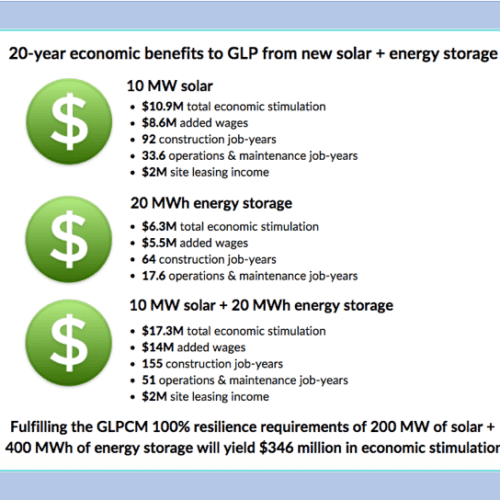
An economic analysis conducted by the Clean Coalition shows significant benefits of to the GLP over 20 years from adding scalable blocks of 10 MW of solar, 20 MWh of energy storage, or — the most cost-effective and resilient solution — a combination of solar+storage.
The Clean Coalition’s vision is for a comprehensive Community Microgrid that will provide 100% resilience to the entire GLP. The building blocks for this Community Microgrid are Solar Microgrids at individual facilities — most of them at critical community facilities like fire stations, schools, and water departments.
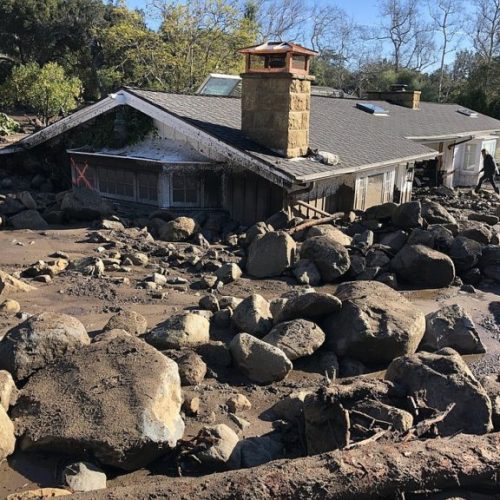
In December 2017, the month-long Thomas Fire burned over 300,000 acres and devastated parts of Ventura and Santa Barbara Counties, within the Goleta Load Pocket. On January 9, 2018, in just five minutes, half an inch of rain fell over the destabilized hillsides, resulting in a debris flow of boulders, trees, and over 15 feet of mud in some locations — traveling downhill at 20 miles per hour.
Both the fire and the subsequent debris flow demonstrate the need for energy resilience in this disaster-prone region. The Montecito Community Microgrid Initiative will provide that much-needed renewables-driven resilience to critical community facilities in Montecito and will showcase the benefits of Community Microgrids for communities around the world.

In December of 2019, the SBUSD unanimously approved an ambitious initiative with the Clean Coalition and Sage Energy Consulting to stage Solar Microgrids at schools throughout the District. The microgrids will feature solar and energy storage that can provide long-duration resilience. The solar canopies that will be installed at school site parking lots will be staged for future deployments of electric vehicle charging infrastructure (EVCI).
The Clean Coalition and Sage Energy conducted feasibility analyses for solar-driven microgrids at all 18 SBUSD sites. This was followed by designing and executing a groundbreaking request for proposal (RFP) process that resulted in September 2020 in selecting Engie Systems to build, own, and operate Solar Microgrids at 6 school sites and standalone solar at another 8 sites under a 28-year power purchase agreement (PPA) — with major savings to the District and resilience benefits for free.

Final approvals were received in mid-August 2020 for the VESR Project in Carpinteria, California, in the GLP — the first 40 MWh of front-of-meter (FOM) energy storage of the 280 MWh that has been approved to come online in the area by the middle of 2021. The Commercial Operation Date for VESR is expected in December 2020.
VESR will serve as a model that supports Santa Barbara County’s emissions reduction goals, increases the County’s energy resilience, drives regional economic development, and optimizes the performance and cost-effectiveness of the electricity grid. It will also set the stage for more energy storage projects and for a potential Carpinteria Community Microgrid.
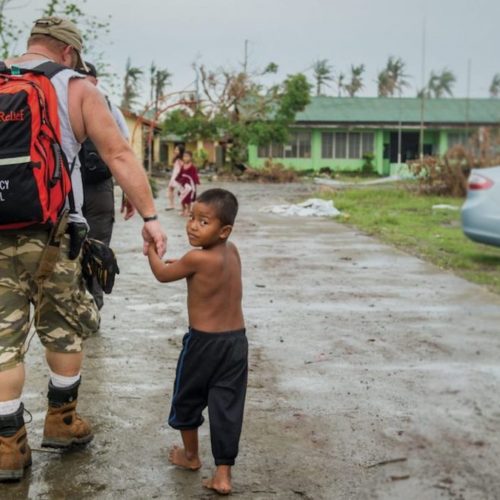
Direct Relief, one of the largest disaster recovery and supply nonprofits in the world, installed a microgrid to ensure that their headquarters in the GLP never loses electricity. Net energy metering (NEM) and other behind-the-meter constraints limited Direct Relief to 320 kilowatts (kW) of solar, even though its built environments can support almost four times that amount of solar.
A Solar Siting Survey produced by the Clean Coalition shows that the Direct Relief site has 1,133 kW of total solar siting potential. A Feed-In Tariff (FIT) would allow Direct Relief to deploy more solar+storage, so the facility could keep more of its load online for longer during an outage — while also providing additional resilience to the entire GLP.
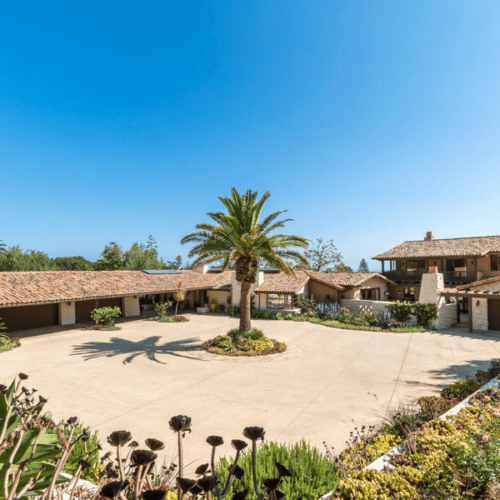
The Clean Coalition has partnered with a homeowner in Montecito, California, on an exciting project to manage the development, deployment, and standardization of two Solar Microgrids on the estate, one for the main home and the other for a guest house and orange tree orchard. Solar Microgrids feature solar+storage, as well as microgrid controls, to allow islanding during electric grid outages and to provide indefinite solar-driven resilience for the most critical loads — and resilience for all other loads for substantial percentages of time.
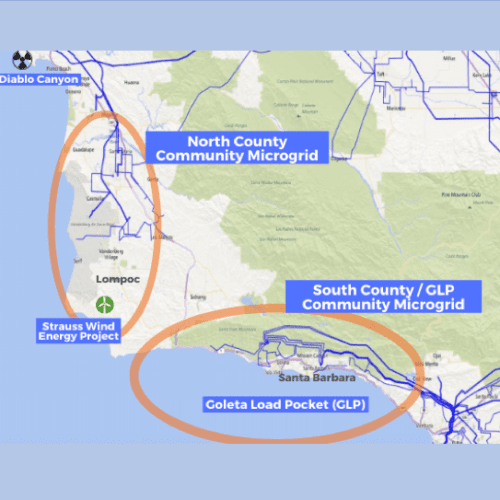
In addition to moving forward with the GLPCM, the Clean Coalition has also begun to focus on the northern portion of Santa Barbara County, which shares the GLP’s need for resilience — and also needs new generation sources to bolster the region for the impending closure of the Diablo Canyon Nuclear Power Plant in 2025. The Strauss Wind Energy Project (SWEP), which the Clean Coalition supported along with numerous other parties, will provide the backbone of the energy resilience needed in the North County, reducing reliance on vulnerable long-distance transmission lines by introducing significant local energy resources. The SWEP, which will enable the same amount of energy generation that is anticipated across hundreds of sites for the GLPCM, offers the perfect opportunity to stage a North County Community Microgrid.
In addition to the risk of wildfires, mudslides, and earthquakes, the GLP is vulnerable to Public Safety Power Shutoffs (PSPS), Southern California Edison’s last-resort public safety measure to mitigate wildfire risk. PSPS events are becoming more common, leaving more critical community facilities without power within the GLP.
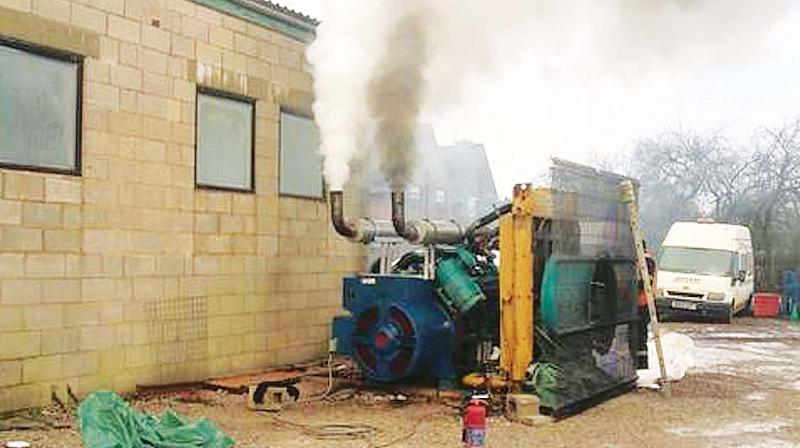
The onsite diesel generators most facilities rely on now for backup power are noisy and dirty. Diesel generators are heavy polluters, with generally only enough fuel to maintain power backup for two days — and replenishing diesel during a major disaster is not always possible.
In 2015, SCE deployed about 80 MW of diesel generators at three substations to provide backup power to the GLP; that could be completely replaced and more by the 200 MW of solar and 400 MWh of energy storage needed to bring full resilience to the area.
Gas lines can add fuel to wildfires. And after a disaster, it can take 30 times longer to restore gas service than electricity.
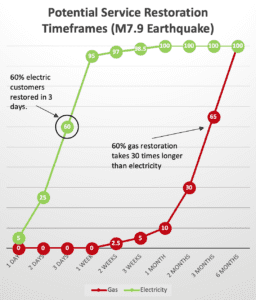
Gas peaker plants are not clean, safe, or resilient. In addition, the Clean Coalition has shown that Community Microgrids powered by solar+storage can cost-effectively replace new gas peaker projects.
Developing local distributed energy resources (DER) is the only strategy that will deliver energy reliability and resilience to the Goleta Load Pocket. SCE’s Request for Offers (RFO) process is flawed and cannot deliver DER in the quantities needed.
A superior procurement method is the Clean Coalition’s cost-effective, market-responsive Feed-In Tariff (FIT), which accelerates DER development.
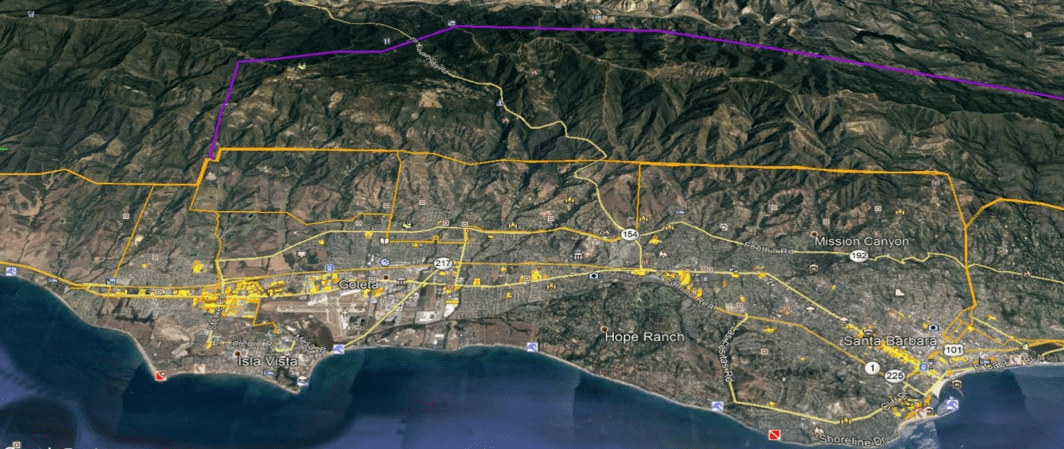
To move forward the GLPCM, the Clean Coalition submitted the following:
Proposed amended definition of utility-scale solar in Santa Barbara (PDF)
Currently, Santa Barbara County defines utility-scale solar in a manner that preempts front-of-meter (FOM) solar on built environments and drastically limits the opportunity to deploy commercial-scale solar throughout the County. To fix the issue, the following details are provided in this document:
Santa Barbara County Strategic Energy Plan comment letter (PDF)
The Clean Coalition fully supports the ambitious renewable energy goals set by the Board and the cities of Goleta and Carpinteria. Achieving 100% renewable procurement (in Goleta) and reducing the County emissions levels by 50% of 1990 levels by 2030 will certainly require taking multiple large and progressive steps in a very short period of time.
We applaud the comprehensive Strategic Energy Plan (SEP) as a first step towards securing Santa Barbara’s clean energy future. The Clean Coalition advocates that the board approve the SEP, emphasizing a few key directives so that staff may ensure timely and effective implementation of Phase One and Phase Two recommended actions. Amending, approving, and implementing the Year One and Year Two action plans as soon as possible is essential to catalyze renewable energy development within the Goleta Load Pocket.
In addition to numerous regulatory filings to advance Community Microgrids, the Clean Coalition has developed significant policy innovations to help proliferate Community Microgrids.
Our value-of-resilience methodology, VOR123, provides a straightforward way to quantify the unparalleled resilience benefits of Solar Microgrids and Community Microgrids. Our Resilient Energy Subscription (RES) provides a mechanism to finance and expand Community Microgrids.
Promoting local renewable energy resources in Santa Barbara and Ventura Counties
The Clean Coalition is proud to be part of Clean Energy 805, a group working in the Goleta Load Pocket area to increase community awareness, identify potential sites for energy development, and support clean energy innovation.
To learn more or to get involved in the Goleta Load Pocket Community Microgrid, contact Gregory Young at gregory@clean-coalition.org.
The latest in clean local energy
Learn about our innovative projects and initiatives on our blog, and see what others are reporting about our important work.
The Clean Coalition was a partner organization for this webinar, which took place on 18 December 2025 at 10am.
Read MoreThis podcast episode of Energy Central's "Power Perspectives" welcomes Craig Lewis, Founder and Executive Director of the Clean Coalition, to explore how local solar and storage can flatten the duck curve, cut costs, and build a more resilient grid.
Read MoreThe Clean Coalition presented during this in-person gathering, held on Friday, 5 December 2025 from 3:30–5:00 pm PST at CEC’s Environmental Hub, 1219 State St Suite A, Santa Barbara, CA 93101.
Read More